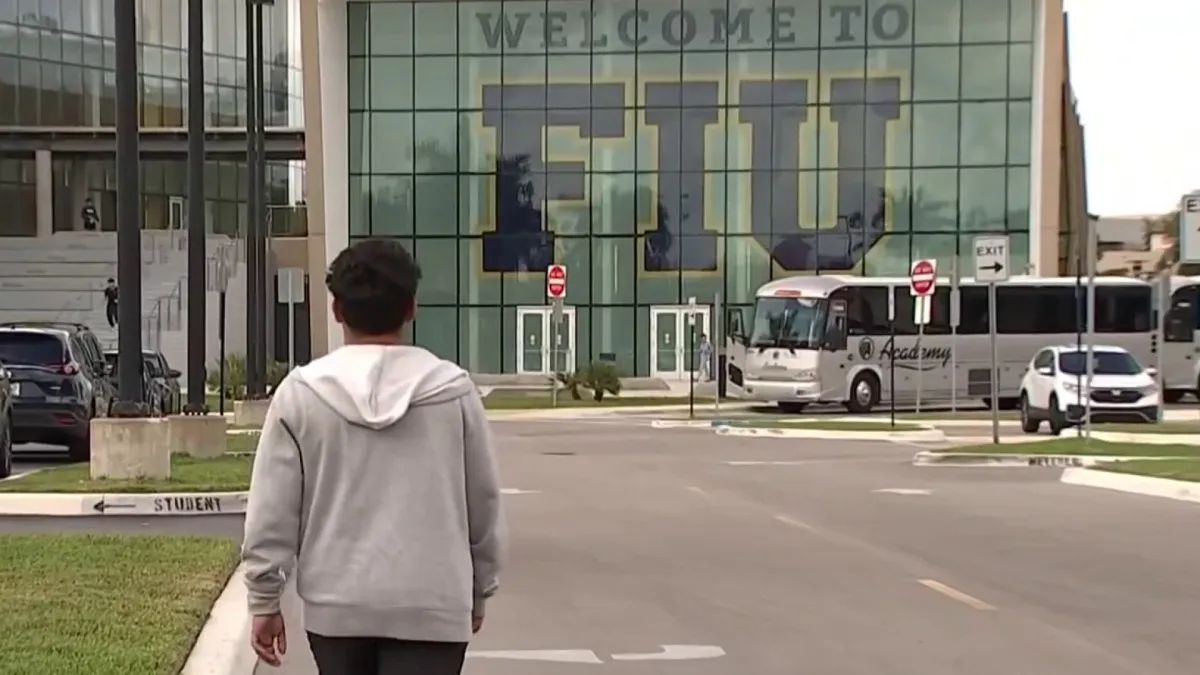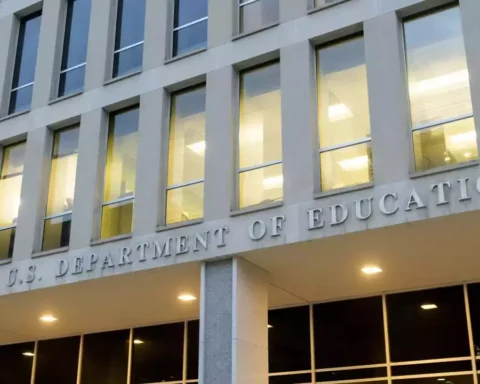By Walter Hudson
Education advocates and immigration policy experts are warning of significant economic, and workforce impacts following Florida’s decision to rescind in-state tuition waivers for undocumented students who graduated from Florida high schools. The policy change, signed into law by Governor Ron DeSantis, marks a significant shift in the state’s approach to higher education access for Dreamers.
The decision is expected to cost Florida institutions approximately $25 million in tuition and fees, according to TheDream.US, a national organization supporting higher education access for Dreamers. The organization’s President and CEO, Gaby Pacheco, a long-time Miami resident, said that the impact extends beyond immediate financial consequences, potentially affecting Florida’s future workforce development and economic growth.
“Our state is turning its back and hindering the potential of students who have succeeded throughout their K-12 education,” says Pacheco, noting that many affected students arrived in the United States at an average age of six years old. The organization has already helped more than 600 Florida-based Dreamers graduate college, with many now working as nurses, teachers, engineers, and entrepreneurs within the state.
The Presidents’ Alliance on Higher Education and Immigration, through its Director of Policy and Strategy Diego Sánchez, points to concerning workforce implications. With Florida facing shortages in healthcare, teaching, and STEM fields, the policy change could exacerbate existing gaps in critical sectors. Sánchez, himself a former undocumented student in Florida, argues that the state risks losing bilingual, skilled professionals to other regions with more inclusive education policies.
The impact of this policy shift could be particularly significant given Florida’s traditional role as a hub for educational and economic opportunity. Critics argue that the change contradicts the state’s historical position as a beacon of dynamism and opportunity, potentially deterring talented students from pursuing higher education in Florida.
Advocates point out that many affected students are deeply integrated into Florida communities, having completed their entire K-12 education in the state’s public schools. The new policy, they argue, creates barriers for these students to continue their education and contribute to the state’s economy, potentially forcing them to either abandon their educational pursuits or seek opportunities in other states with more favorable policies.
As this policy takes effect, educational institutions and advocacy groups are working to assess the full scope of its impact on Florida’s educational landscape and future workforce development. The change represents a significant shift in Florida’s approach to higher education access and raises questions about the state’s long-term economic and workforce strategy.


